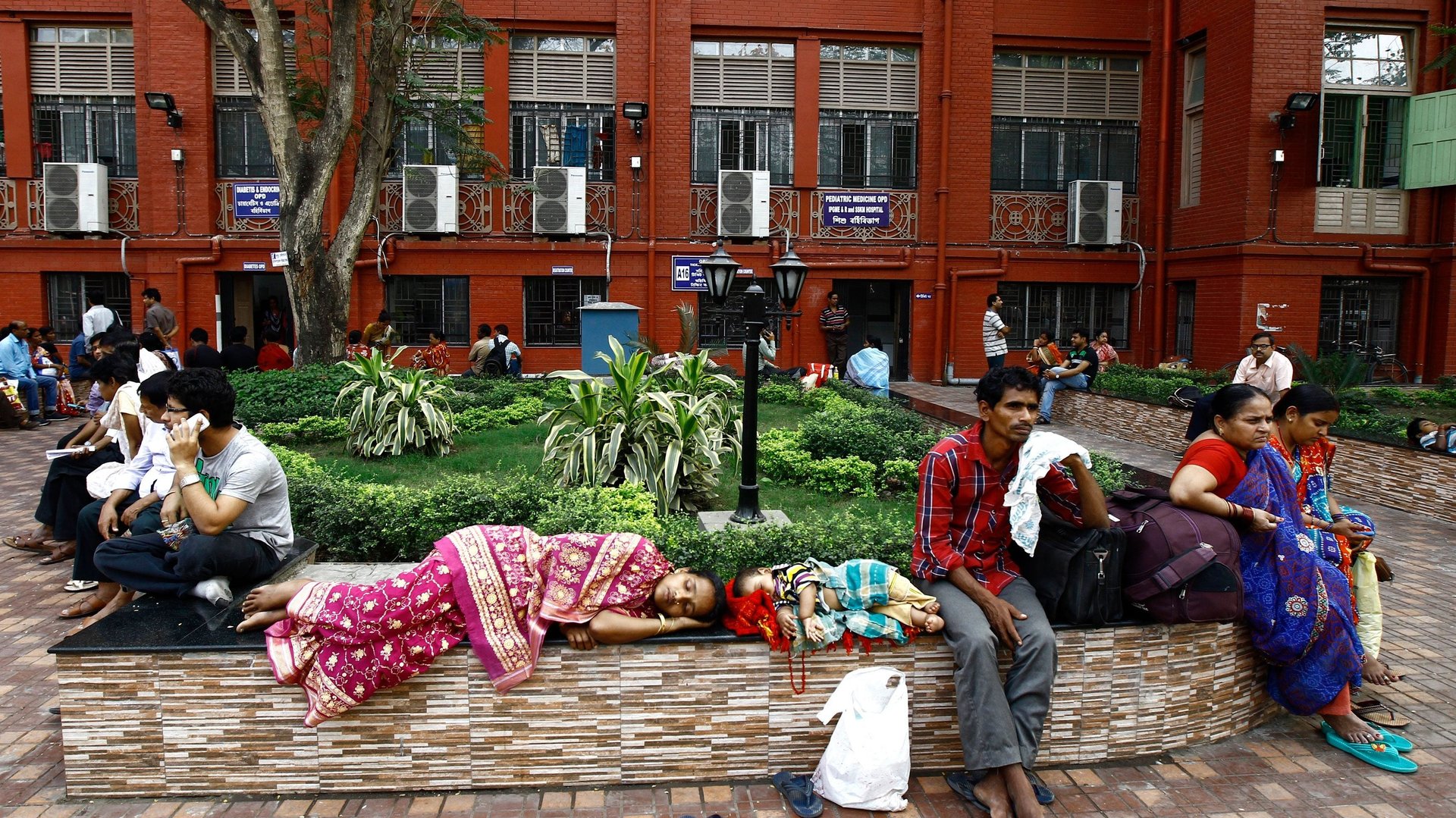India’s billionaires added $308 million a day to their wealth in 2018
To debunk trickle-down economics, one only has to look at the skewed distribution of wealth in India.


To debunk trickle-down economics, one only has to look at the skewed distribution of wealth in India.
Riches are not exactly percolating from the prosperous to the poor—if anything the gap between them is only widening, according to a new report released today (Jan. 21) by Oxfam, the UK-based nonprofit group.
In 2018, the cumulative wealth of India’s billionaires rose 35% to $440 billion (over Rs3 lakh crore).
On average, the billionaires added Rs2,200 crore per day to their wealth last year. In contrast, the 136 million Indians who make up the poorest 10% have remained indebted (or possessed negative assets) since 2004.
India added 18 new billionaires last year, raising the count of its three-comma club to 119, the report noted. This is also the first time that their combined wealth has crossed the $400 billion mark—”the single largest annual increase since the 2008 global financial crisis,” the report said.
Oxfam analysed data from the Credit Suisse Wealth Databook and the annual Forbes Billionaires List.
The fine print of the data reveals how concentrated the wealth is at the top of the pyramid. India’s nine richest billionaires have as much wealth as the bottom 50% of the country. And there are no signs of this inequality reducing. Last year, the total wealth of households in India increased by $151 billion, and most of this growth benefited the upper echelons of the society.
“It is morally outrageous that a few wealthy individuals are amassing a growing share of India’s wealth while the poor are struggling to eat their next meal or pay for their child’s medicines,” said Amitabh Behar, CEO of Oxfam India. “If this obscene inequality between the top 1% and the rest of India continues then it will lead to a complete collapse of the social and democratic structure of this country.”
Getting the richest 1% in India to pay just 0.5% extra tax on their wealth could raise enough money to increase government spending on health care by 50%. This is critical considering public services are “suffering from chronic under-funding or being outsourced to private companies that excludes the poorest people,” the Oxfam press release stated.
In India, state spending is dismal compared to its private wealth. For instance, the combined revenue and capital expenditure of the centre and state governments on medical & public health, and sanitation & water supply is Rs2.08 lakh crore, less than the wealth of India’s richest person, Mukesh Ambani (worth Rs2.8 lakh crore), Oxfam said in its press release.
Consequently, India’s health care is in a shambles. The poorest patients are left to choose between receiving subpar treatment at poorly funded public hospitals or bearing loans and risking bankruptcy at private ones, the report said. Many private hospital corporations that received free or heavily subsidised land from the government in return for providing free care for poor patients are not making good on their promises either.